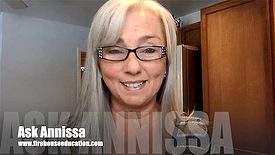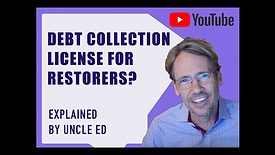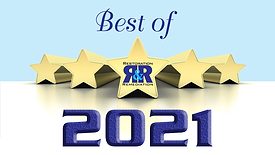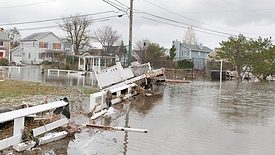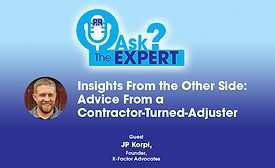Insurance/Legal Matters in Restoration
California Debt Collection License for Restorers Explained
An FAQ From 'The Restoration Lawyer' Ed Cross
Read More
Restoration Industry SWOT Analysis: 13 Thought Leaders Share Key Themes for 2022 and Beyond
What Strengths, Weaknesses, Opportunities and Threats Do Restorers Face?
December 6, 2021
Insights From the Other Side: Advice From a Contractor-Turned-Adjuster
Ask the Expert
November 4, 2021
Stay ahead of the curve with our eNewsletters.
Get the latest industry updates tailored your way.
JOIN TODAY!Copyright ©2024. All Rights Reserved BNP Media.
Design, CMS, Hosting & Web Development :: ePublishing

